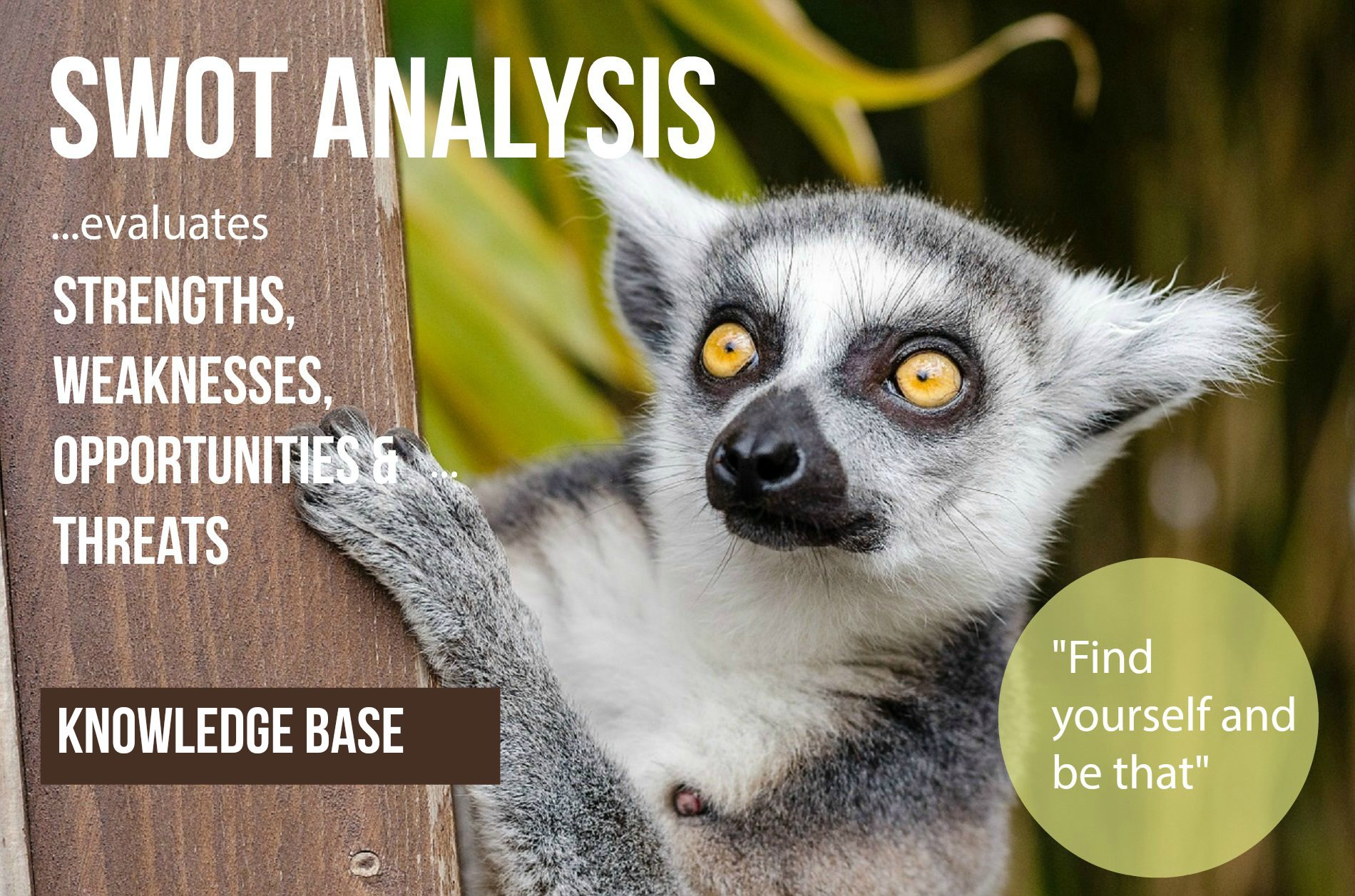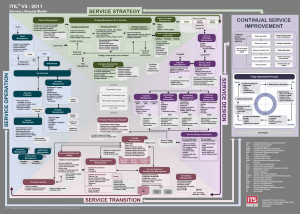
SWOT Analysis / SWOT Matrix
SWOT analysis (alternatively SWOT matrix) is an acronym for strengths, weaknesses, opportunities, and threats—and is a structured planning method that evaluates those four elements of a project or business venture. A SWOT analysis can be carried out for a company, product, place, industry, or person. It involves specifying the objective of the business venture or project and identifying the internal and external factors that are favorable and unfavorable to achieve that objective.
The degree to which the internal environment of the firm matches with the external environment is expressed by the concept of strategic fit.
- Strengths: characteristics of the business or project that give it an advantage over others
- Weaknesses: characteristics that place the business or project at a disadvantage relative to others
- Opportunities: elements that the business or project could exploit to its advantage
- Threats: elements in the environment that could cause trouble for the business or project
Identification of SWOTs is important because they can inform later steps in planning to achieve the objective. First, decision makers should consider whether the objective is attainable, given the SWOTs. If the objective is not attainable, they must select a different objective and repeat the process.
Users of SWOT analysis must ask and answer questions that generate meaningful information for each category (strengths, weaknesses, opportunities, and threats) to make the analysis useful and find their competitive advantage.




